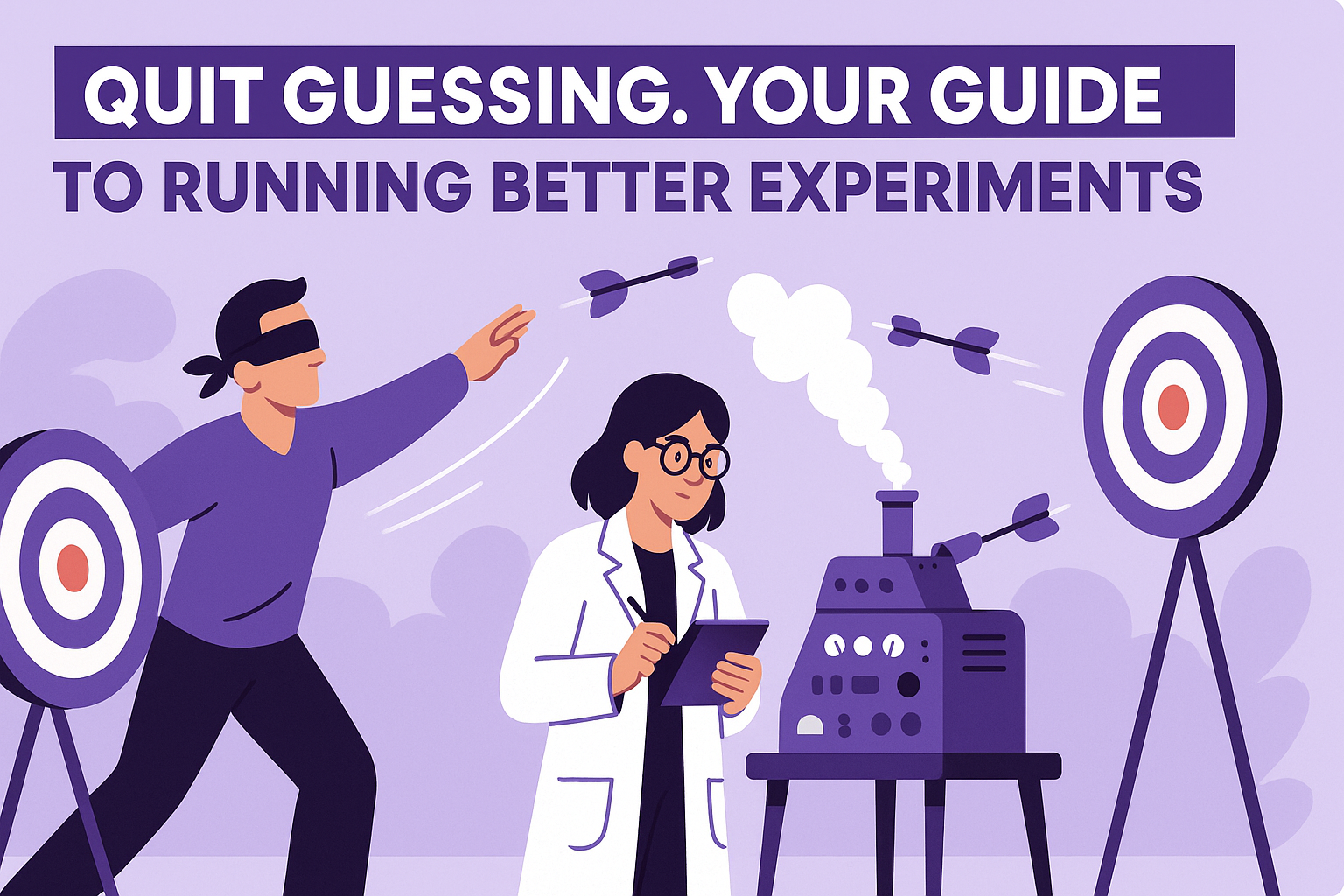Approaching Sales Leadership From the Inside Out
People work better when they care about what they are doing. Here's how to lead and motivate your sales team in a people-first way.

My first year or two in sales management was rocky. I was used to controlling my destiny: motivating myself to drive toward quota at quarter end. Or my coping mechanism to tell myself, “It was them, not me,” when that deal fell through at quarter end.
Then, all of a sudden, it isn’t about you anymore. Every person is their own person, and the reality check that not everyone thinks the same as you can be harsh. While there is an endless sea of books, podcasts, influencers, and blog posts giving advice, how do you know what is right for you? I take a You/Me/Them approach to managing BDRs and AEs, allowing me to weave in sales advice when it works and stay focused on the end goal.
You
The only thing I’ll focus on here is finding a rep’s motivation. There are many considerations when approaching coaching and managing, but success won’t happen without motivation. It certainly isn’t new management advice to find individual motivation, but how specific are you getting? I am a big fan of the 5Y method:
“What motivates you?”
“Being a high performer.”
“Why?”
“So that I can get promoted.”
“Why?”
“So that I can make more money.”
“Why?”
“So that I don’t need to worry about budgeting for my bills.”
“Why?”
“Because I want to be able to buy things, but still have student loans.”
“Why?”
“Because I want to buy a new car.”
Bingo. Get specific. If you are trying to motivate someone by telling them their performance puts them in a better place for a promotion, it might work… but more than likely, that will not carry a lasting impact. This job gets exhausting for you and them if you need to keep reminding them of their motivation.
Here is a story of when this clicked for me. I had a high-potential rep who always hit just under quota. He didn’t seem to care about whether he did better because he knew he was in good standing, and he didn’t see the need to really push himself and get stressed out. Now, it's not the worst problem to have as a manager, but this is exactly the kind of rep I knew I could get more out of. How? Well, he said all of the same “want to get promoted… want more money… etc”. Then, one day, I mentioned he seemed tired. He told me he wakes up at 4 am every morning to go fishing with a friend. When I asked why, he said he needs to use his friend’s boat so he needed to go on his schedule. So, instead of just trying to get “more money,” we were working toward money for a boat.
Jackpot. I can break that into actual numbers. I can get him data that shows how many calls/emails get him to his goal. And we mapped out how many months at quota would take him to afford his own boat.
We did the math together, and it would take about ten months to afford the boat. But now that he could see that finish line, he did it in half that time. He pushed past the accelerators and ultimately got promoted before he even made the purchase.
He wasn’t chasing someone else’s idea of what should be motivating. He wanted a boat. Try to find a boat for each of your reps, because that will keep them pushing even when nobody is looking.
Them
This is a team, and that team will do better if they have an identity. With a new team, the number one thing you need to do is get everyone collaborating. This job was easier when we were all sitting in the sales pit in the office.
When I got hung up on 3x in a row, I had someone to laugh it off with me because it just happened to them, too. When I heard a peer with a sharp way to handle objections, I got to steal that for my following conversation. Now, I know there are tools like Gong or Chorus to give our reps access to these conversations, but it all requires additional effort to use and is less natural than the real deal.
At least, it isn’t natural on its own. But when you can create a team identity, find a motto, build traditions, and have special callouts, the “effort” it takes to reach out to a peer to get an answer becomes less of a barrier.
You will break down those barriers by allowing your team space to have fun and play instead of just reporting their forecast to you. When it no longer feels like the only time they can go to their peers is when they are working on a project, you start to get a lot more creativity out of them. When they know they won’t only receive a shout-out for hitting quota but the little efforts too, they feel more seen, and they are not as afraid to ask for help or advice when the time comes.
Bring out your inner Brene Brown — get vulnerable and don’t be afraid to be the butt of the joke, and all the anxiety about talking to your boss starts to melt away.
Me
Remember when I just said, “This isn’t about you anymore. It is about your reps”? Ok… I may have fibbed. You still want to do well, and ultimately, your business will have greater results if your team (and your number) are better, so let’s take a little time to be selfish. And you are going to get selfish by getting A players.
In the book Qualified Sales Leader by John McMahon, John discusses the importance of focusing solely on your A players to maximize production.
If it takes the same amount of time to have a rep produce 50% better, you will get a lot more out of the rep that closes $100k/mo than the one who closes $15k/mo. It doesn’t take a rocket scientist to see that an additional $50k is better than $7.5k. But that difference doesn't seem so drastic if we don’t look at the data.
Identify your team members. Who is an A, who is a C, who is an F? Now, let’s go top to bottom:
- Is that F player worth keeping on? They are taking up a valuable spot on your team, and without getting into the argument of replacement cost, would someone else be better in their spot? Don’t keep the anchors unless there is good reason to.
- For those who are sitting as a C player, what do they need? How much effort has been put in here? Do we see the potential to get them to a place where they are performing better? Is there a risk they shift down to F?
- Is this A player being challenged in a way they will stay an A, or is there a risk they slip down? How long can we count on them in their position before they get promoted or leave for a better job?
Once you identify everyone, think of it like a sales cycle. What would you do to get them to a higher letter grade? Create a plan to move them through the “cycle” until you get them where they need to be. I have seen enough episodes of Cutthroat Kitchen to know that I will win with Wagyu more often than ground chuck.
You. Them. Me.
If you want to boil it down, people work better when they care about what they are doing, if you can get the rep to care about their performance, and f you can get the reps to care about their peer’s performance. Then you will not need to work so hard on your performance because the tides will shift in your favor.In SaaS, sales leaders struggle with the fact that teams are transient.
ADRs just want to be AEs, and AEs just want to sell bigger deals.
Don’t fight it, but enjoy the time with each version of that team you have, and then it won’t feel like such a hit when your best player gets promoted because you have five more on the bench.






